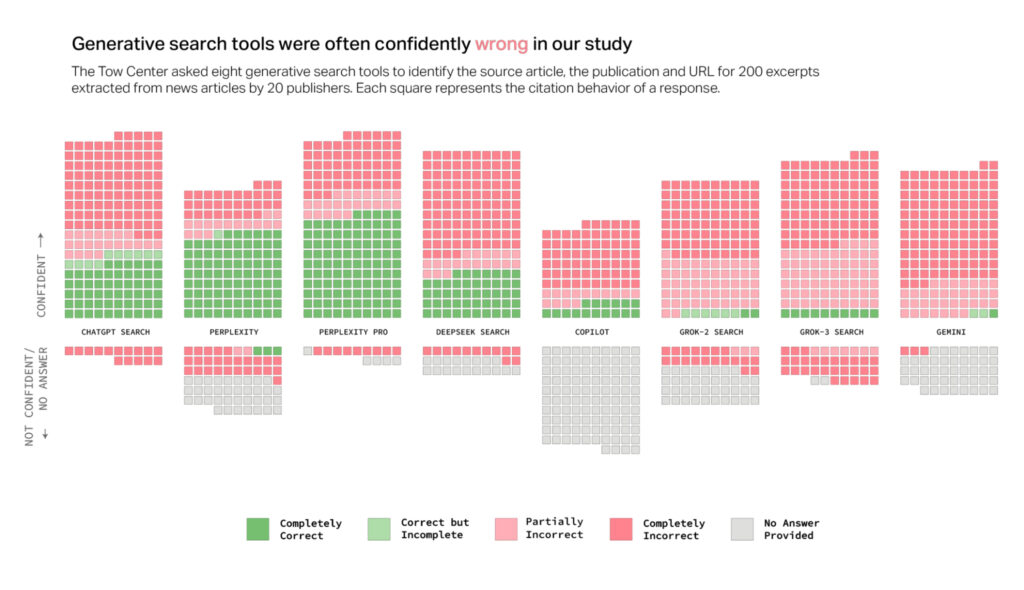Nvidia announces DGX desktop “personal AI supercomputers”
During Tuesday’s Nvidia GTX keynote, CEO Jensen Huang unveiled two “personal AI supercomputers” called DGX Spark and DGX Station, both powered by the Grace Blackwell platform. In a way, they are a new type of AI PC architecture specifically built for running neural networks, and five major PC manufacturers will build the supercomputers.
These desktop systems, first previewed as “Project DIGITS” in January, aim to bring AI capabilities to developers, researchers, and data scientists who need to prototype, fine-tune, and run large AI models locally. DGX systems can serve as standalone desktop AI labs or “bridge systems” that allow AI developers to move their models from desktops to DGX Cloud or any AI cloud infrastructure with few code changes.
Huang explained the rationale behind these new products in a news release, saying, “AI has transformed every layer of the computing stack. It stands to reason a new class of computers would emerge—designed for AI-native developers and to run AI-native applications.”
The smaller DGX Spark features the GB10 Grace Blackwell Superchip with Blackwell GPU and fifth-generation Tensor Cores, delivering up to 1,000 trillion operations per second for AI.
Meanwhile, the more powerful DGX Station includes the GB300 Grace Blackwell Ultra Desktop Superchip with 784GB of coherent memory and the ConnectX-8 SuperNIC supporting networking speeds up to 800Gb/s.
The DGX architecture serves as a prototype that other manufacturers can produce. Asus, Dell, HP, and Lenovo will develop and sell both DGX systems, with DGX Spark reservations opening today and DGX Station expected later in 2025. Additional manufacturing partners for the DGX Station include BOXX, Lambda, and Supermicro, with systems expected to be available later this year.
Since the systems will be manufactured by different companies, Nvidia did not mention pricing for the units. However, in January, Nvidia mentioned that the base-level configuration for a DGX Spark-like computer would retail for around $3,000.
Nvidia announces DGX desktop “personal AI supercomputers” Read More »

























